Prefinished solid hickory flooring is renowned for its durability, distinctive grain patterns, and the warmth it brings to any interior. However, one intrinsic characteristic of this natural material is its tendency to expand and contract with changes in humidity and temperature.
Understanding the expansion and contraction behavior of prefinished solid hickory flooring is essential for homeowners and installers alike to maintain the beauty and integrity of the floors over time.
This guide provides an in-depth look into why hickory floors move, how to mitigate excessive dimensional changes, and the importance of acclimation and proper installation to accommodate this natural process.
Prefinished solid hickory flooring stands out for several distinctive characteristics beyond its natural expansion and contraction. The flooring boasts remarkable hardness, ranking high on the Janka hardness scale, which translates to excellent durability and resistance to wear and tear.
Its varied grain patterns and rich color palette, ranging from creamy whites to deep browns, make each plank unique and can complement a wide array of interior designs.
Additionally, the prefinished surface provides an added layer of protection against scratches and stains, ensuring the flooring maintains its aesthetic appeal with minimal maintenance.
Together, these features make prefinished solid hickory flooring a popular choice for those looking to combine practicality with natural beauty in their living spaces.
Understanding Expansion and Contraction
Why Wood Floors Move
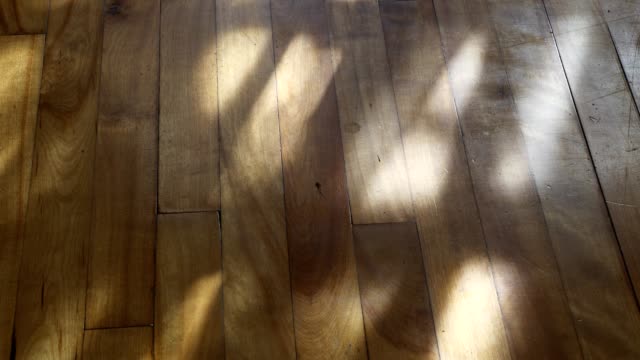
Wood, being a hygroscopic material, naturally absorbs and releases moisture from the surrounding air. The extent of this moisture exchange directly correlates with the environmental conditions, particularly humidity and temperature levels.
When the air is humid, wood floors absorb moisture, causing them to expand. Conversely, in dry conditions, wood releases moisture and contracts.
This expansion and contraction cycle is a fundamental property of wood and affects all types of wood flooring, including prefinished solid hickory.
Understanding this natural behavior is crucial for preventing potential damage and maintaining the longevity of the floors.
Factors Affecting Expansion and Contraction
Temperature
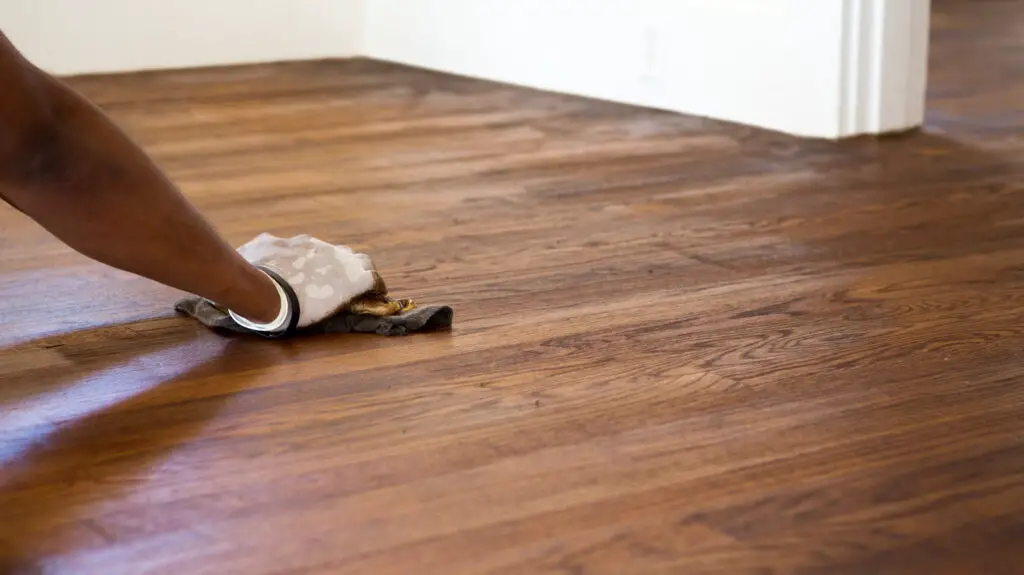
Temperature plays a pivotal role in the expansion and contraction of wood floors. Wood tends to expand in warmer temperatures as the heat causes the fibers to relax and stretch out.
Conversely, in colder conditions, the fibers contract, pulling closer together, which can lead to the shrinking of the wood planks.
Although the effect of temperature alone is less pronounced compared to humidity, fluctuations in temperature often accompany changes in humidity levels, exacerbating the expansion and contraction process.
Humidity
Humidity is arguably the most significant factor affecting the dimensional stability of wood flooring. Wood floors gain or lose moisture content in response to the relative humidity (RH) of their environment.
High humidity levels lead to an increase in moisture absorption, causing the wood to expand. On the other hand, low humidity levels result in the wood releasing moisture and contracting.
The extent of this moisture exchange and the associated dimensional changes can vary significantly depending on the specific species of the wood, with hickory being particularly responsive due to its dense nature.
Maintaining a stable indoor humidity level, ideally between 35% to 55%, is crucial for minimizing these effects and preserving the integrity and appearance of wood floors.
Expansion and Contraction in Hickory Flooring
Traits of Hickory Wood
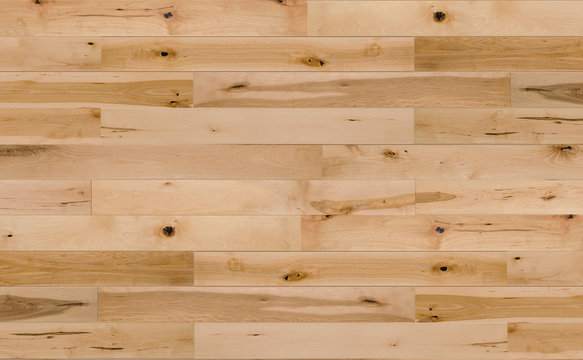
Hickory wood is renowned for its remarkable strength and durability, traits that make it an excellent choice for flooring. One of the hardest, most resilient wood species available, hickory’s dense cellular structure contributes to its superior resistance to impact and wear.
This density, however, also means that hickory is particularly sensitive to changes in moisture levels, exhibiting significant expansion and contraction in response to fluctuations in humidity and temperature.
Its pronounced grain patterns not only add aesthetic value but also indicate the wood’s natural predisposition to absorb and release moisture more readily compared to other species.
This responsiveness to environmental conditions necessitates careful acclimation before installation and consistent humidity control to maintain its dimensional stability and preserve its striking appearance over time.
Hickory vs. Other Hardwoods
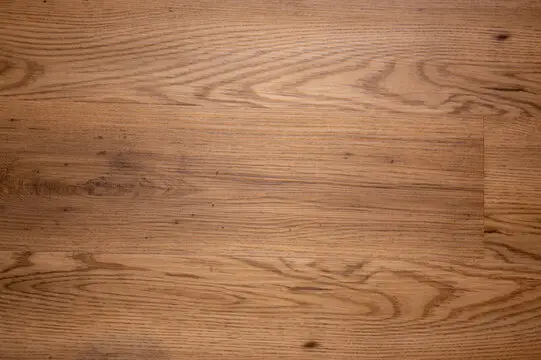
Hickory’s acute responsiveness to environmental changes sets it apart from many other hardwood species used in flooring. While all wood floors are subject to expansion and contraction due to moisture, the extent of these changes is more pronounced in hickory due to its dense, tightly packed grain structure.
For instance, oak and maple, two of the most common hardwood flooring options, also undergo dimensional changes with fluctuations in humidity and temperature; however, their reactions are generally less extreme compared to hickory.
Oak and maple’s cellular structures, while still durable, are not as dense as hickory’s, making them somewhat less susceptible to rapid moisture exchange and the resulting expansion and contraction.
This makes hickory especially challenging to acclimate and maintain but also underscores its supreme durability and distinct aesthetic appeal when properly cared for.
Preventing and Managing Expansion and Contraction
Importance of Acclimation
Before installing hickory flooring, acclimation is a critical step that cannot be overlooked. This process involves adjusting the wood to the humidity and temperature of its future environment, ensuring it stabilizes before installation.
Failure to properly acclimate hickory can lead to significant issues post-installation, including warping, buckling, and gaps between planks as the wood expands or contracts to match its environment.
Given hickory’s high sensitivity to humidity changes, this acclimation period is even more crucial compared to other hardwoods. Typically, the wood should rest within the installation space for a time recommended by the manufacturer, usually ranging from a few days to a couple of weeks.
This allows it to adjust gradually, minimizing the risk of moisture-related dimensional changes after installation.
Proper acclimation thus ensures the longevity and aesthetic integrity of hickory flooring, maintaining its appeal and structural stability over time.
Maintaining Humidity Levels
To preserve the beauty and durability of hickory flooring, maintaining consistent indoor humidity levels is paramount. Ideally, the indoor humidity should be kept between 30% to 50% to mitigate the risk of expansion and contraction.
This can be achieved through the use of humidifiers during dry months and dehumidifiers or air conditioners during more humid seasons.
Additionally, it’s beneficial to employ hygrometers to monitor humidity levels actively, ensuring they remain within the recommended range.
Consistent temperature management also plays a critical role in stabilizing indoor humidity levels, further protecting the flooring from unwanted moisture variations.
Suitable Installation Techniques
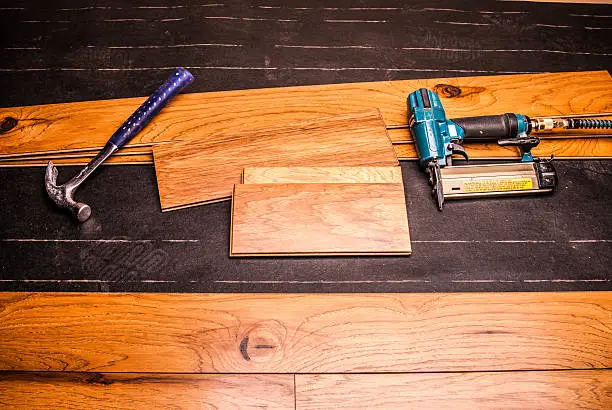
To mitigate the effects of expansion and contraction in hickory flooring, adopting suitable installation techniques is essential. Utilizing the floating floor method, where planks are not directly fastened to the subfloor, allows for easier accommodation of wood movement.
Additionally, leaving sufficient expansion gaps at the walls and around fixed objects can provide the necessary space for the wood to expand without causing warping or buckling.
Choosing the correct adhesive for glue-down installations is also crucial, as some are designed to offer a degree of flexibility, accommodating the natural movement of wood floors.
Finally, ensuring that all materials are acclimated together, including subfloors and installation tools, helps in achieving a more uniform and stable flooring system.
Related Topics:
Addressing Common Concerns
One of the first steps in managing the expansion and contraction of hickory flooring is identifying potential issues early.
Common signs include gaps between planks, cupping (where the edges of a plank are higher than its center), crowning (the center of the plank is higher than the edges), and even buckling, where planks may lift off the subfloor.
Many of these issues stem from rapid changes in humidity and temperature, which cause the wood to either expand or contract excessively.
Tips for Repair and Maintenance
To address these concerns and ensure the longevity of your hickory flooring, consider the following strategies:
Regulating Humidity and Temperature:
Always strive to keep indoor humidity and temperature levels consistent, using humidifiers, dehumidifiers, or air conditioners as necessary. This proactive approach can minimize the risk of expansion and contraction.
Routine Maintenance:
Regular sweeping, dust mopping, or vacuuming can keep your floors clean and minimize the presence of abrasive particles that can cause wear over time. Additionally, promptly clean up any spills to prevent water absorption.
Repairing Gaps or Buckling:
For minor gaps, a humidifier can help wood planks expand and close the space. However, significant buckling might require professional assistance. In some cases, it may be necessary to remove and reinstall affected sections of flooring.
Refinishing:
Over time, wear and tear might necessitate refinishing your hickory floors. This process can help address superficial issues like scratches and also provides an opportunity to seal gaps effectively.
Professional Assessments:
For recurring or severe issues, consulting with a flooring specialist can provide targeted solutions. Professionals can assess whether there’s a need for more intensive repairs or adjustments to your home’s humidity control systems.
By closely monitoring the condition of your hickory flooring and implementing these maintenance and repair strategies, you can significantly enhance its durability and appearance.
Conclusion
Managing the natural expansion and contraction of prefinished solid hickory flooring is pivotal in preserving its inherent beauty and structural integrity.
Acknowledging and understanding the intrinsic characteristics of hickory, particularly its sensitivity to changes in humidity and temperature, are crucial steps toward effective maintenance.
Through proper acclimation, diligent humidity and temperature control, and adopting appropriate installation techniques, homeowners can ensure their hickory floors remain a stunning and durable aspect of their living spaces.
By appreciating the unique traits of hickory and adhering to recommended care practices, the brilliance and resilience of hickory flooring can truly be maximized, offering both aesthetic appeal and long-lasting functionality.
FAQs
How often should I check my hickory flooring for signs of damage?
It’s advisable to inspect your flooring every few months, particularly at the change of seasons when humidity and temperature shifts are most pronounced. This regular check-up can help identify any potential issues early on.
Can I install hickory flooring in every room of my house?
While hickory flooring is versatile and durable, it’s best to avoid installing it in areas subject to high moisture levels, such as bathrooms and basements. These environments can promote warping and swelling of the wood.
How can I prevent scratches on my hickory flooring?
Place protective pads under furniture legs, keep pet nails trimmed, and avoid walking on the floors with high heels or abrasive footwear. Regular sweeping and dry mopping can also help keep your floors looking pristine.
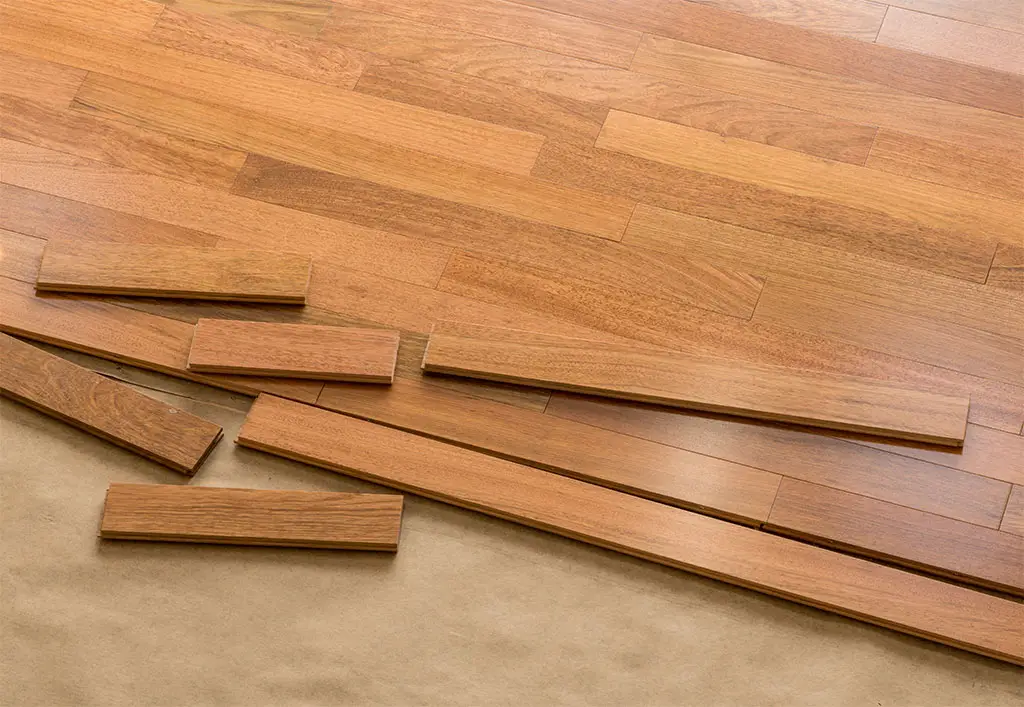
1 thought on “Expansion And Contraction Is Expected With Prefinished Solid Hickory Flooring”